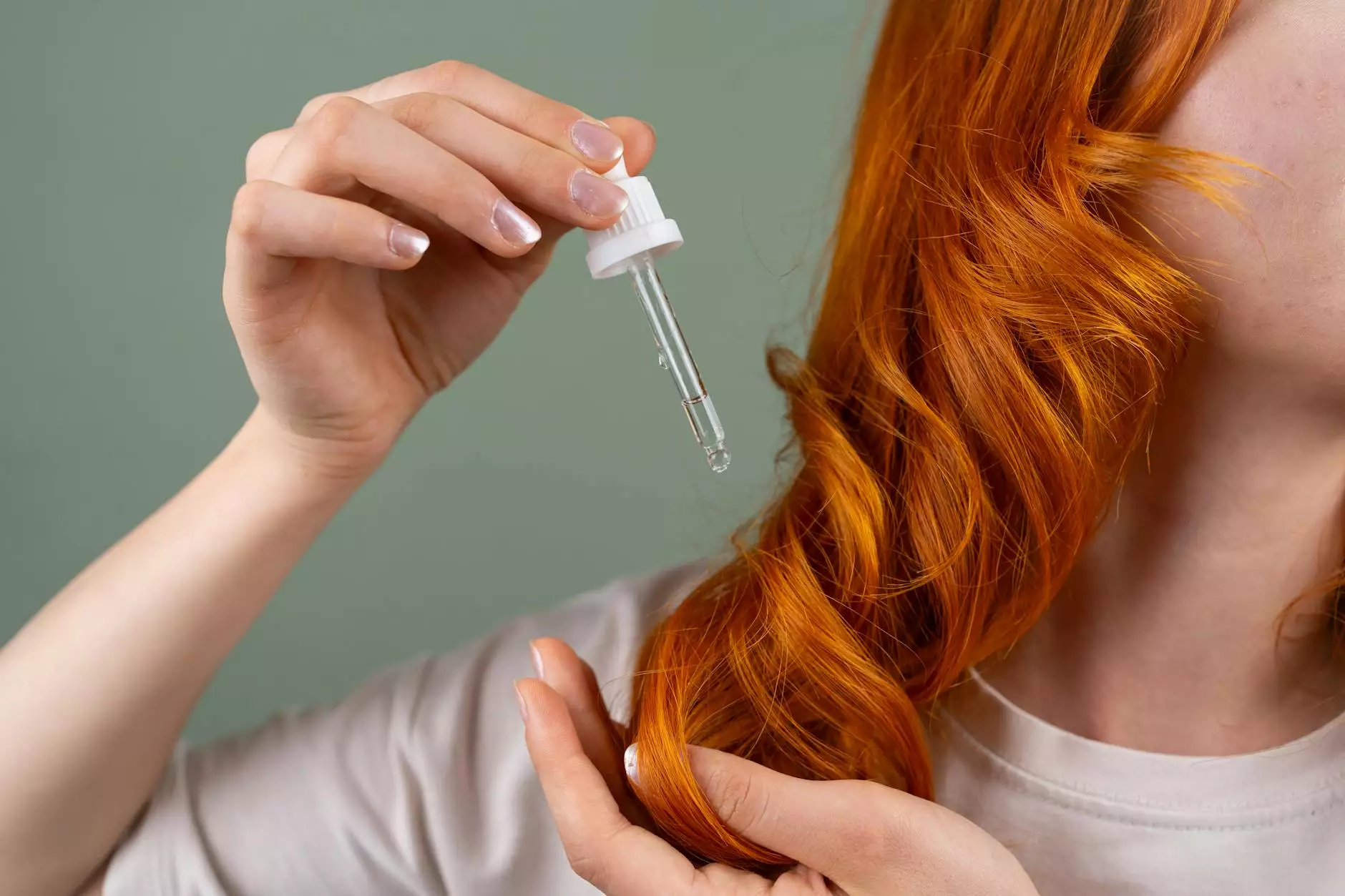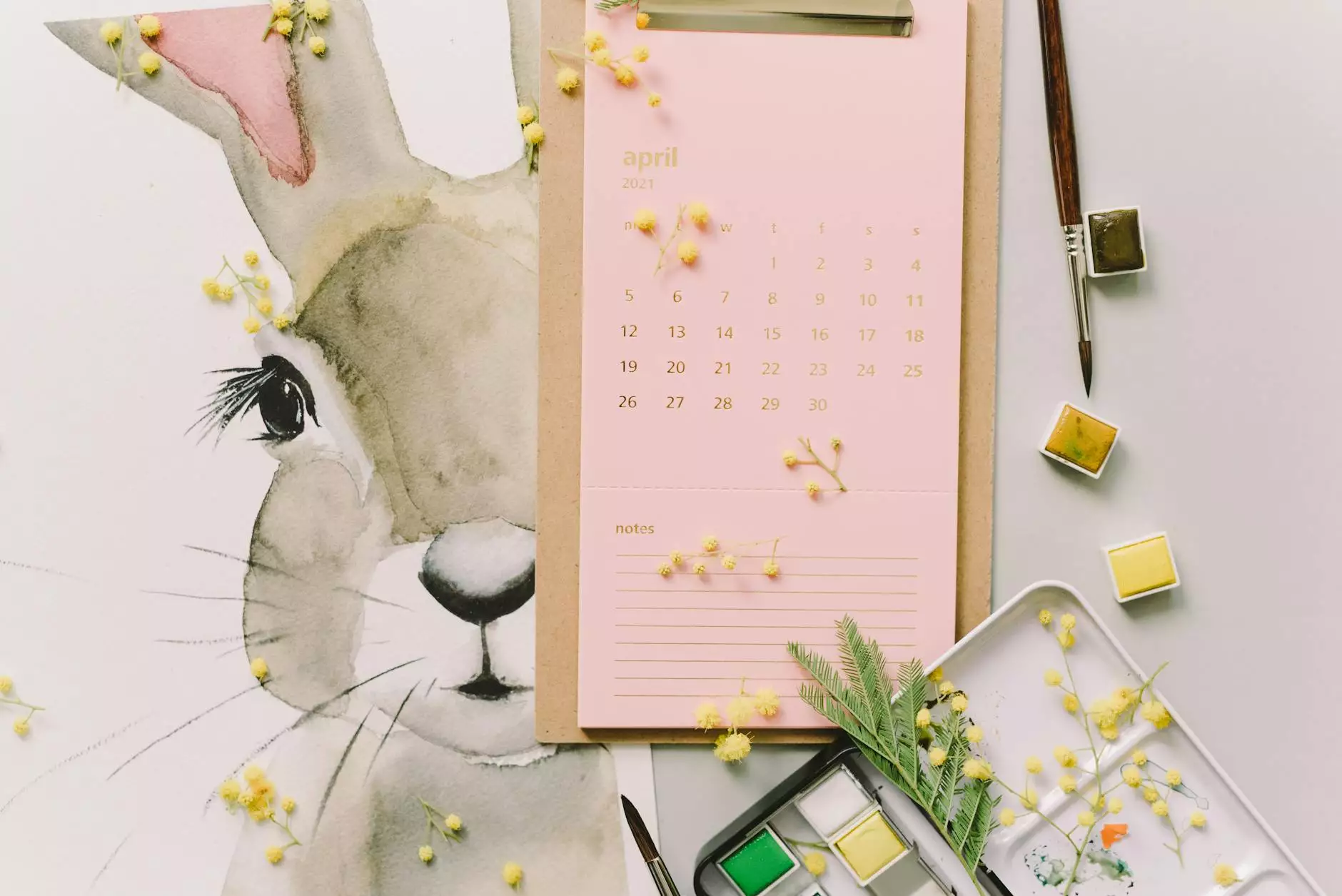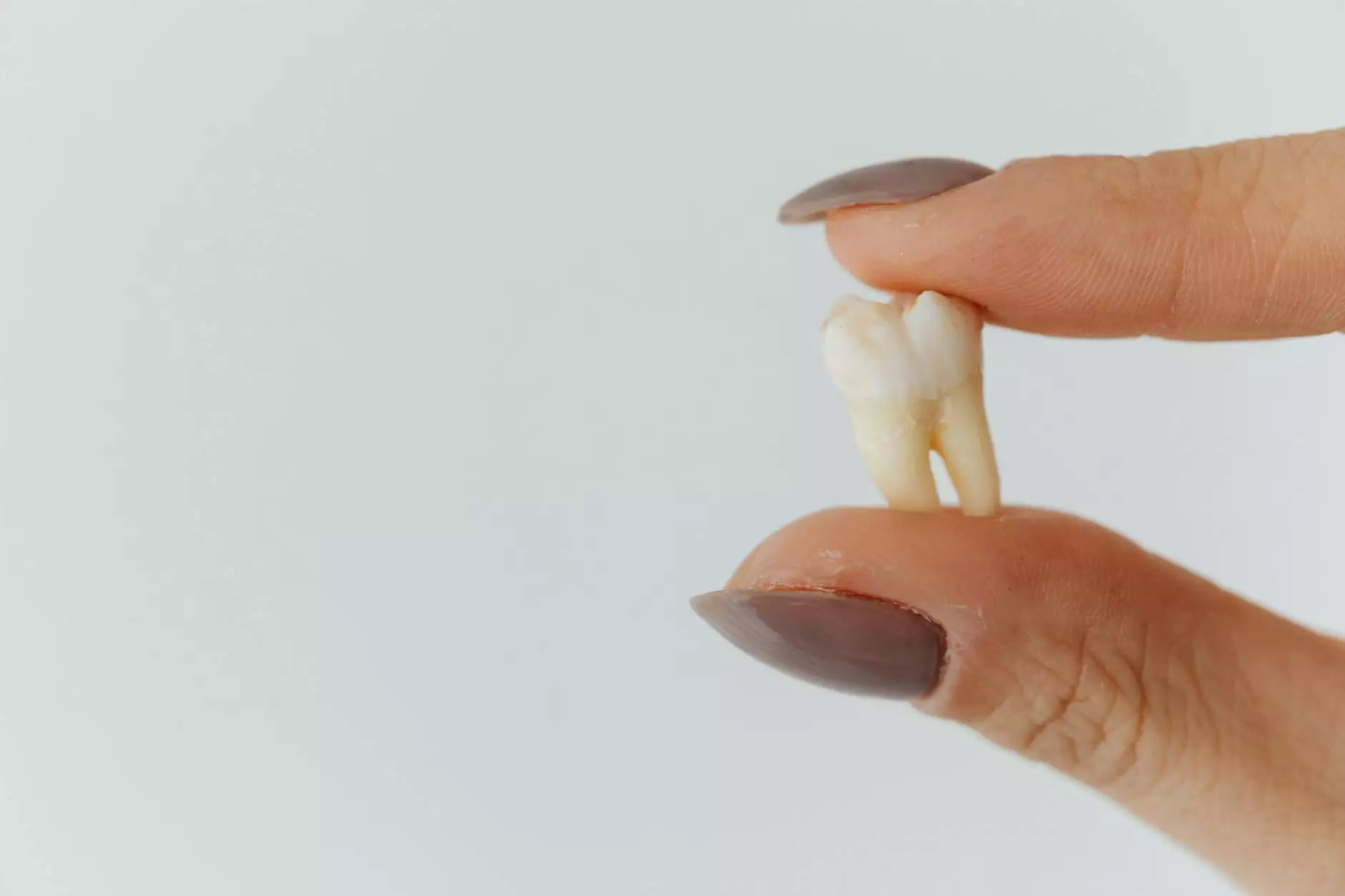Ultimate Guide to Cat Grooming: Tips and Techniques for Pet Owners

Cat grooming is an essential aspect of pet care that ensures your feline friend stays healthy, happy, and looking their best. Regular grooming not only enhances your cat's appearance but also serves as a bonding experience between you and your pet. In this comprehensive guide, we will delve into the importance of cat grooming, the various techniques, tools, and tips to help you become a proficient groomer. So, let's explore the world of grooming and understand why it matters!
The Importance of Cat Grooming
Grooming plays a crucial role in maintaining your cat's health and overall well-being. Here are several reasons why cat grooming should be an integral part of your pet care routine:
- Preventing Matting: Regular grooming helps to prevent tangles and mats from forming in your cat's fur, especially in long-haired breeds.
- Skin Health: Grooming allows you to check your cat's skin for any signs of irritations, parasites, or infections.
- Reducing Shedding: Regular brushing can help minimize shedding and reduce hairballs, making your home cleaner.
- Quality Time: Grooming fosters a bond between you and your cat, reinforcing trust and affection.
- Claw Maintenance: Grooming provides an opportunity to trim your cat's nails and care for their paws.
Tools of the Trade for Cat Grooming
To achieve optimal results in cat grooming, it is important to have the right tools. Below are some essential grooming tools that every cat owner should consider:
- Brushes: There are various types of brushes tailored for different coat types:
- Slicker Brushes: Ideal for untangling and removing loose fur.
- Deshedding Tools: Perfect for reducing shedding in long-haired cats.
- Comb: Great for finishing touches and detangling.
- Nail Clippers: A good pair of cat-specific nail clippers is essential for managing your cat's claws.
- Cat Shampoo: Use a gentle shampoo specifically formulated for cats to maintain skin health.
- Grooming Wipes: These are useful for quick clean-ups and maintaining hygiene between grooming sessions.
Understanding Different Coat Types
Different cat breeds have different coat types, and understanding these variances is essential for effective cat grooming. Below are the primary coat types:
- Short-Haired Cats: Breeds such as the British Shorthair and American Shorthair have short, dense fur. They require less frequent grooming, typically once a week.
- Medium-Haired Cats: Cats like the Abyssinian and Burmese benefit from grooming two to three times per week to manage their slightly longer fur.
- Long-Haired Cats: Breeds like the Maine Coon and Persian require daily grooming to keep their fur untangled and free from mats.
Step-by-Step Guide to Cat Grooming
Now that you've learned about the importance of grooming and the necessary tools, let’s dive into a step-by-step guide that will help you groom your cat like a pro:
1. Prepare your Cat
Before you start grooming, ensure your cat is calm and comfortable. Choose a quiet space where your cat feels safe. You may want to:
- Incorporate gentle petting to help your cat relax.
- Allow your cat to explore the grooming tools while calmly reassuring them that everything is okay.
2. Start with Brushing
Using the appropriate brush for your cat’s coat, gently brush through their fur. Focus on areas that are prone to matting, and be careful around sensitive spots like the belly and tail:
- Use slow, gentle strokes.
- Take breaks if your cat shows signs of discomfort.
3. Nail Trimming
While grooming, take a moment to check your cat’s nails. If they need trimming, follow these tips:
- Hold your cat's paw gently but firmly.
- Trim the tip of each nail, avoiding cutting into the quick (the pink part), which can cause bleeding.
4. Bathing Your Cat (If Necessary)
Most cats groom themselves effectively; however, if your cat has gotten into something messy, a bath may be necessary. To give your cat a bath:
- Fill a tub or sink with a few inches of lukewarm water.
- Wet your cat’s fur, apply a small amount of cat shampoo, and lather gently.
- Rinse thoroughly to remove all shampoo residues.
- Dry your cat with a towel, and never use a hairdryer as it can scare them.
5. Finishing Touches
After the main grooming process, take time to check your cat's ears, teeth, and eyes. Make sure there is no build-up or dirt:
- Clean their ears gently with a cotton ball moistened with vet-approved ear cleaner.
- Brush their teeth using pet-friendly toothpaste.
- Inspect their eyes for any discharge or irritation.
Tips for Successful Cat Grooming
To ensure you have a smooth grooming experience, here are some additional tips:
- Groom Regularly: Establish a routine based on your cat's coat type.
- Use Treats: Reward your cat with treats during and after grooming sessions to create positive associations.
- Check for Signs of Stress: If your cat shows signs of anxiety or discomfort, take a break and try again later.
Conclusion: The Benefits of Cat Grooming
In conclusion, cat grooming is more than just a luxury; it’s a necessity for the health and happiness of your feline friend. By understanding your cat’s needs, having the right tools, and following a consistent grooming routine, you can ensure your pet remains in top shape. Grooming not only strengthens your bond but also enhances your cat's comfort and overall health. Remember, happy cats lead to happy owners!
For more professional assistance and quality grooming services, consider reaching out to Goody 4 Paws, where you can find a variety of pet services tailored to support the wellbeing of your beloved pets.








